Mercado Medic REAL 2000 Series User manual
Other Mercado Medic Indoor Furnishing manuals
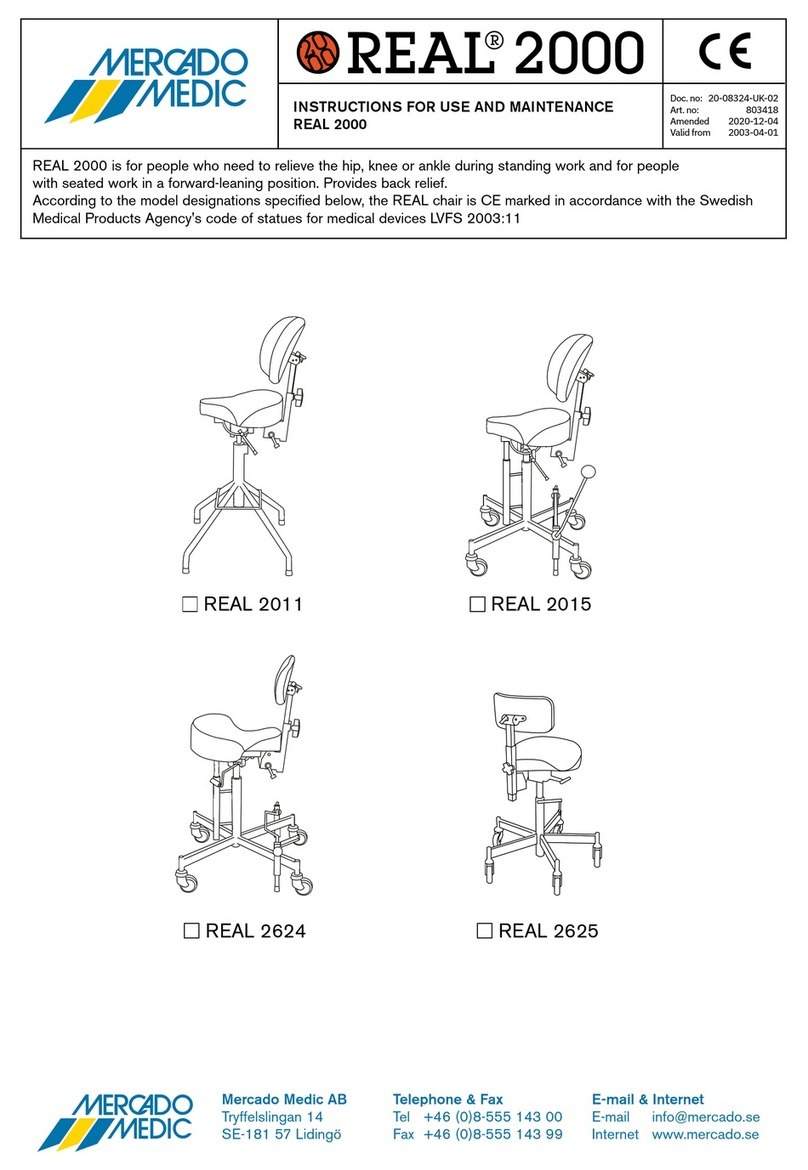
Mercado Medic
Mercado Medic REAL 2000 Series Specification sheet

Mercado Medic
Mercado Medic EVI User manual
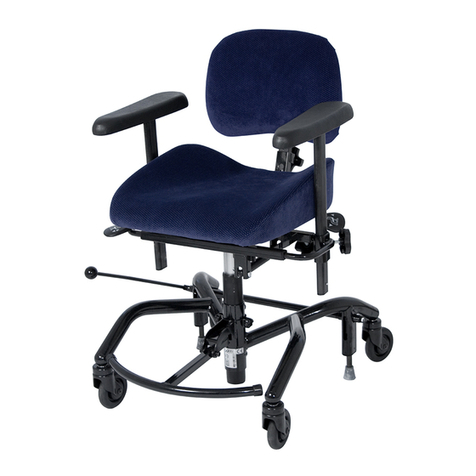
Mercado Medic
Mercado Medic REAL 9000 PLUS Series Assembly instructions
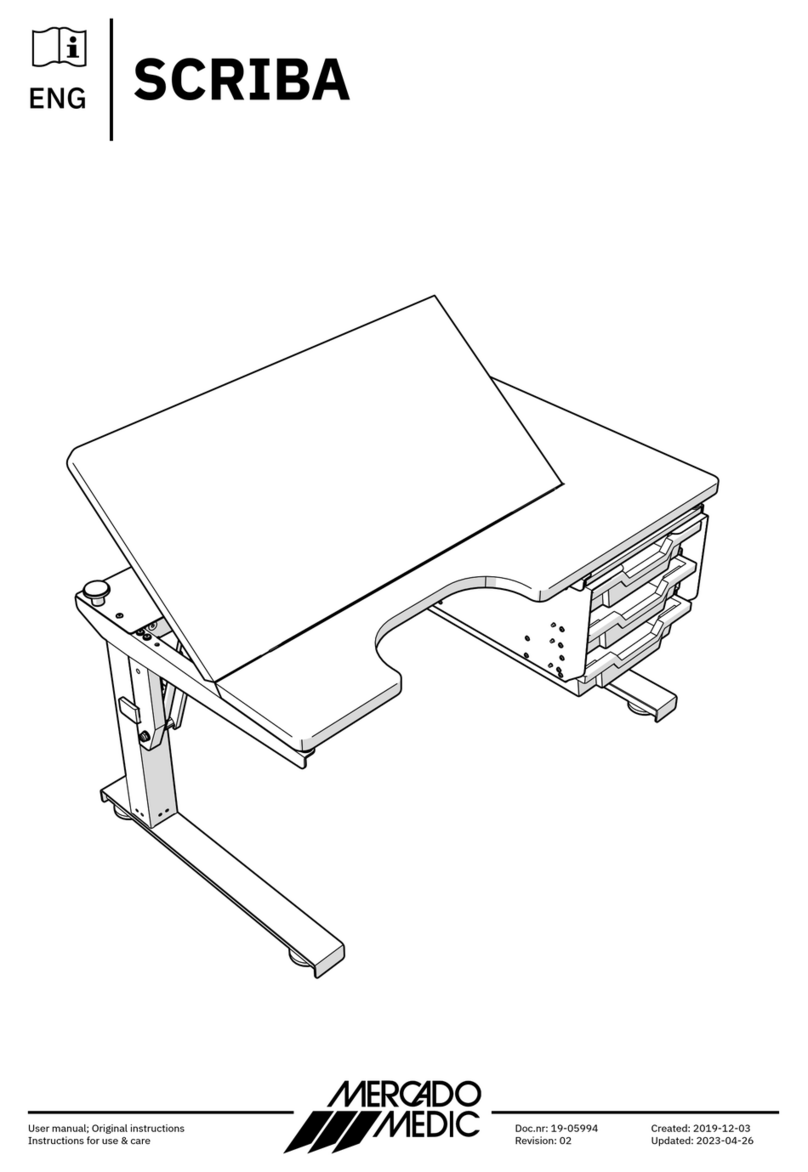
Mercado Medic
Mercado Medic SCRIBA User manual

Mercado Medic
Mercado Medic REAL 9000 PLUS Series Assembly instructions

Mercado Medic
Mercado Medic REAL 9500 EL Assembly instructions
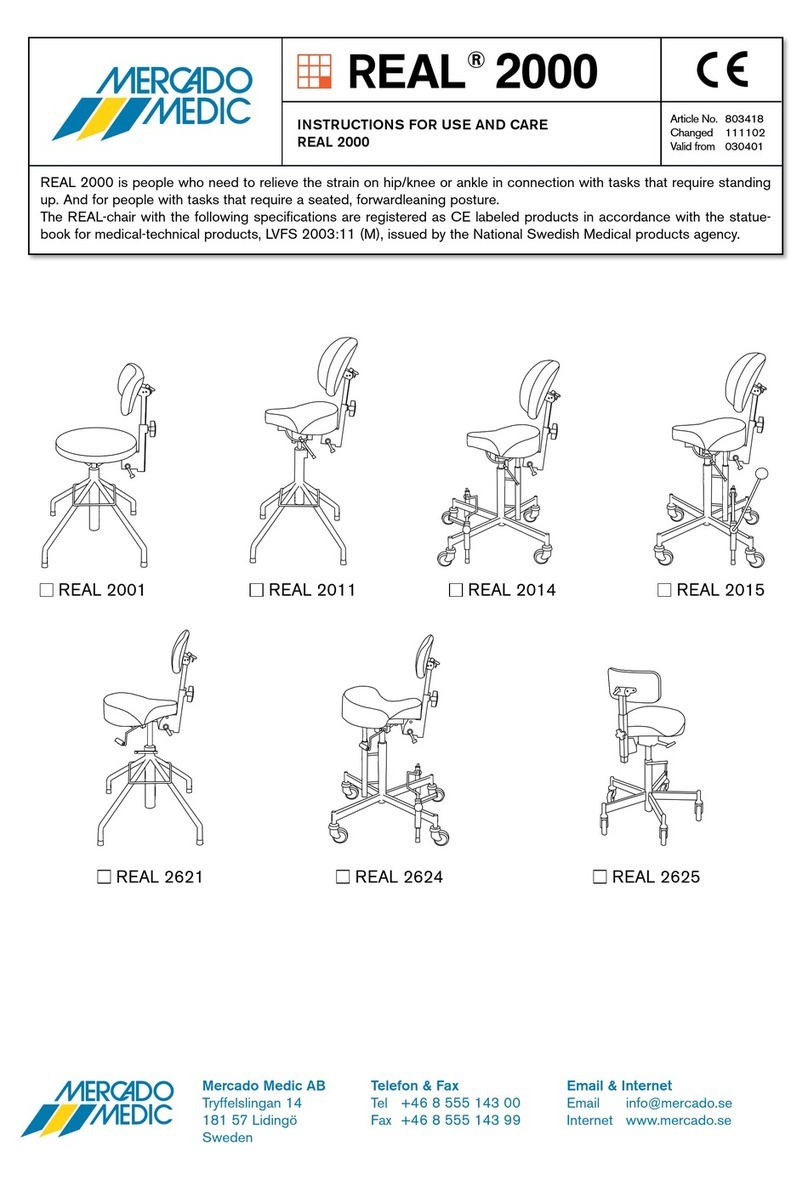
Mercado Medic
Mercado Medic Real 2001 Assembly instructions
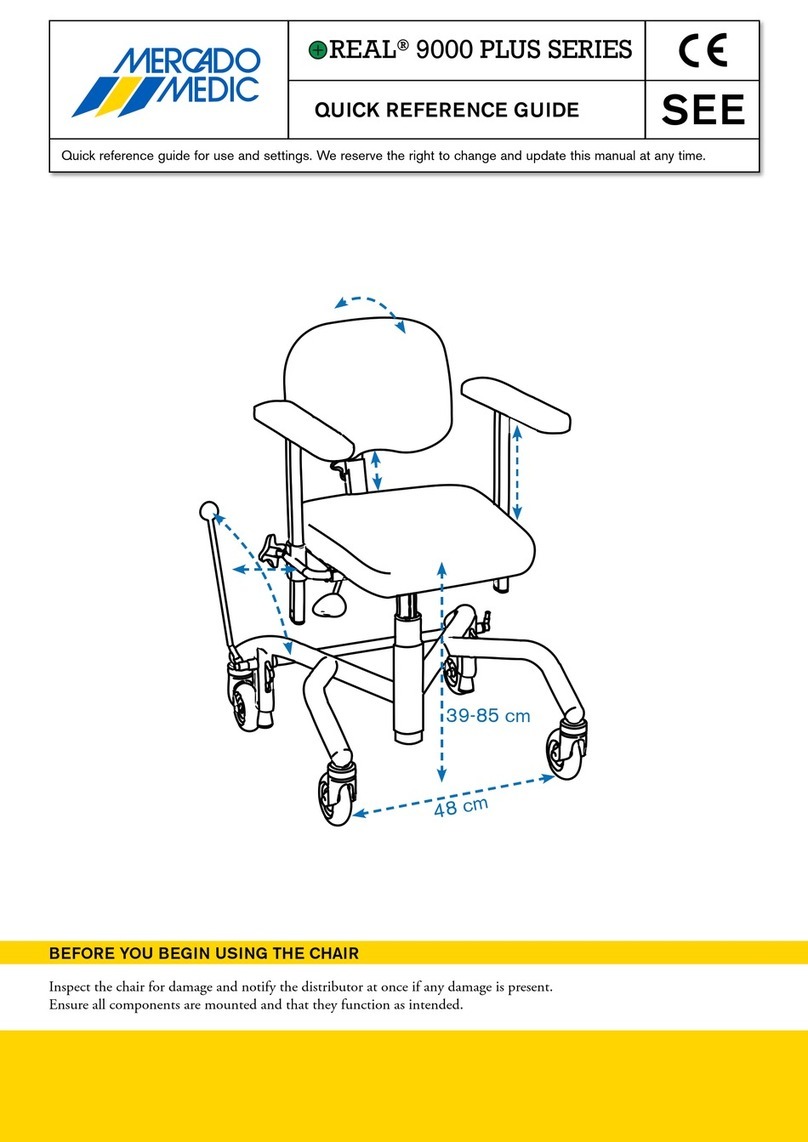
Mercado Medic
Mercado Medic REAL 9000 PLUS Series User manual
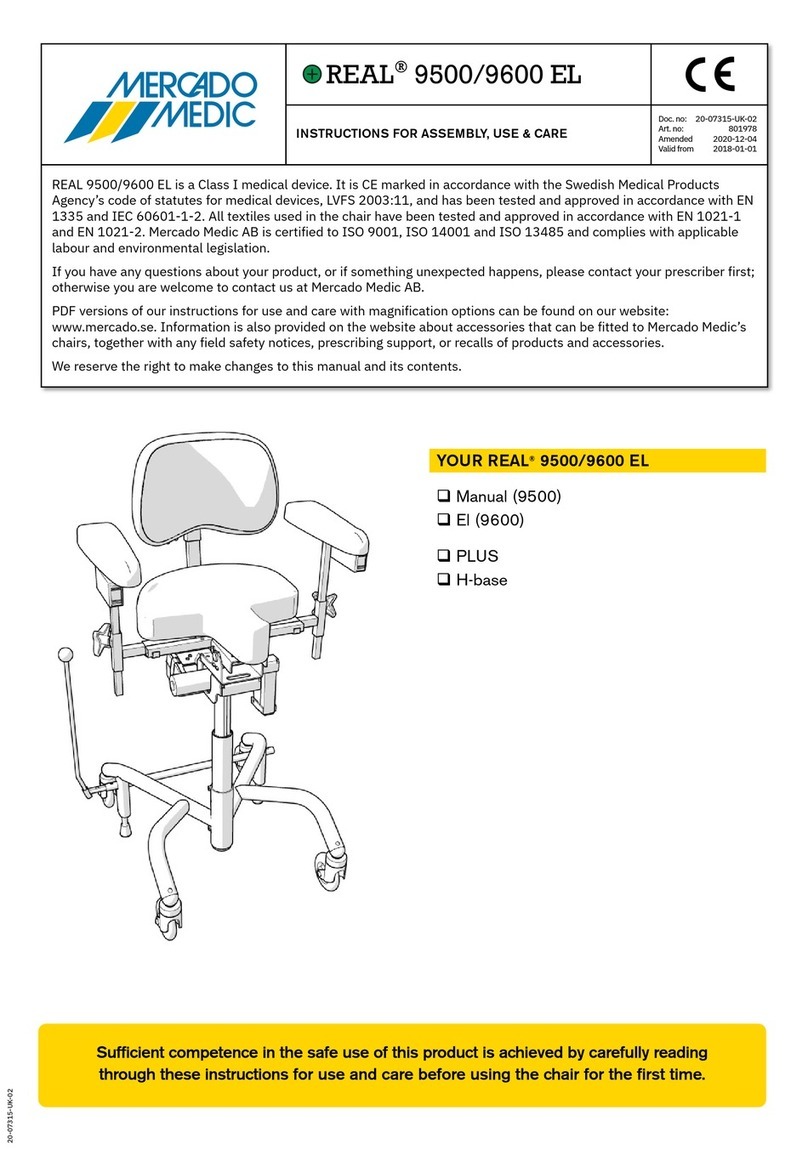
Mercado Medic
Mercado Medic REAL 9500 Assembly instructions
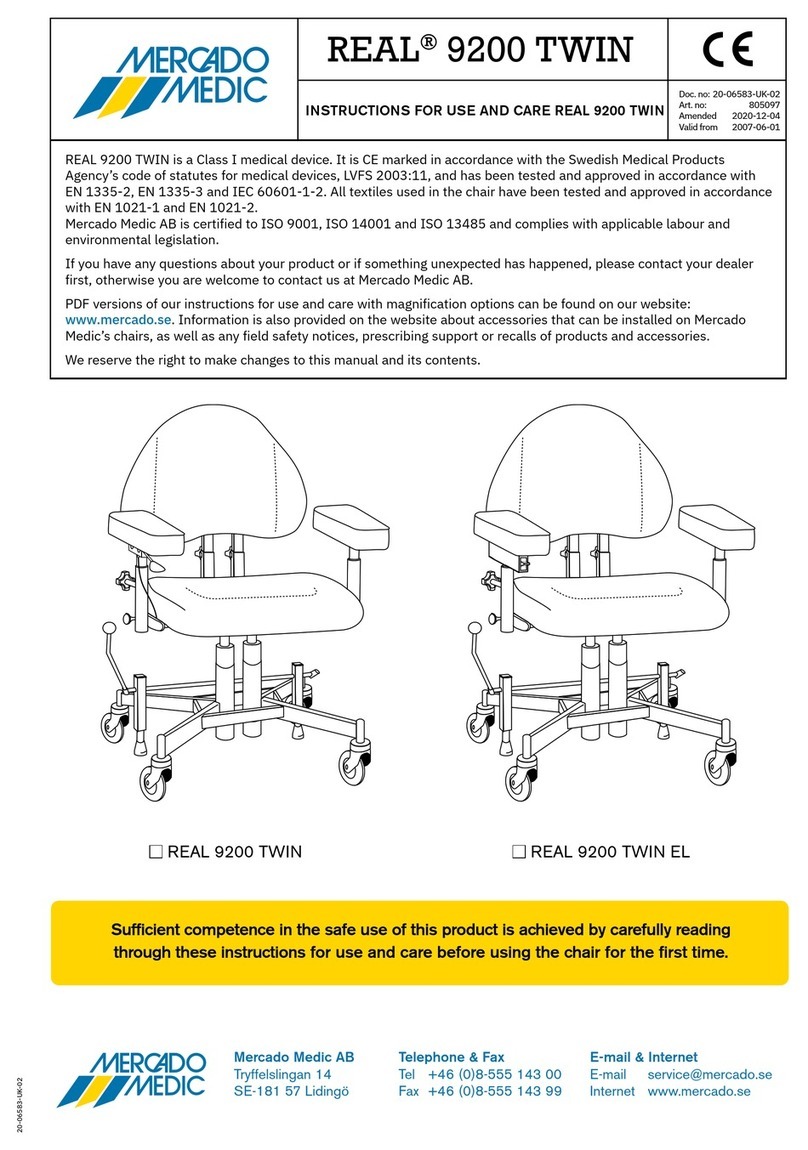
Mercado Medic
Mercado Medic REAL 9200 TWIN Assembly instructions

Mercado Medic
Mercado Medic REAL 9800 Coxit EL Assembly instructions
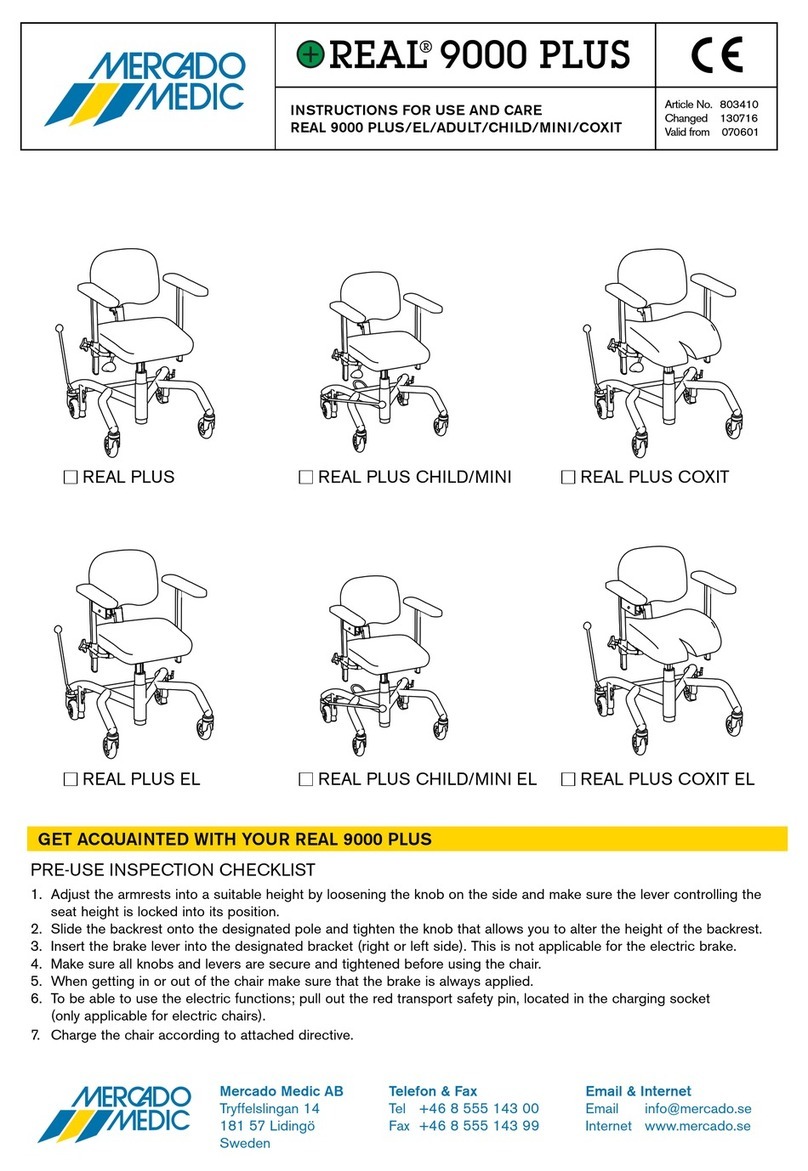
Mercado Medic
Mercado Medic REAL PLUS Assembly instructions
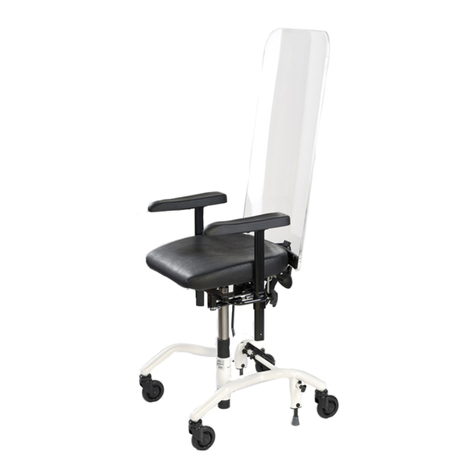
Mercado Medic
Mercado Medic REAL 8100 PLUS EL Assembly instructions

Mercado Medic
Mercado Medic REAL 9700 Coxit Assembly instructions

Mercado Medic
Mercado Medic SCRIBA User manual
Popular Indoor Furnishing manuals by other brands

Regency
Regency LWMS3015 Assembly instructions

Furniture of America
Furniture of America CM7751C Assembly instructions

Safavieh Furniture
Safavieh Furniture Estella CNS5731 manual

PLACES OF STYLE
PLACES OF STYLE Ovalfuss Assembly instruction

Trasman
Trasman 1138 Bo1 Assembly manual

Costway
Costway JV10856 manual
















